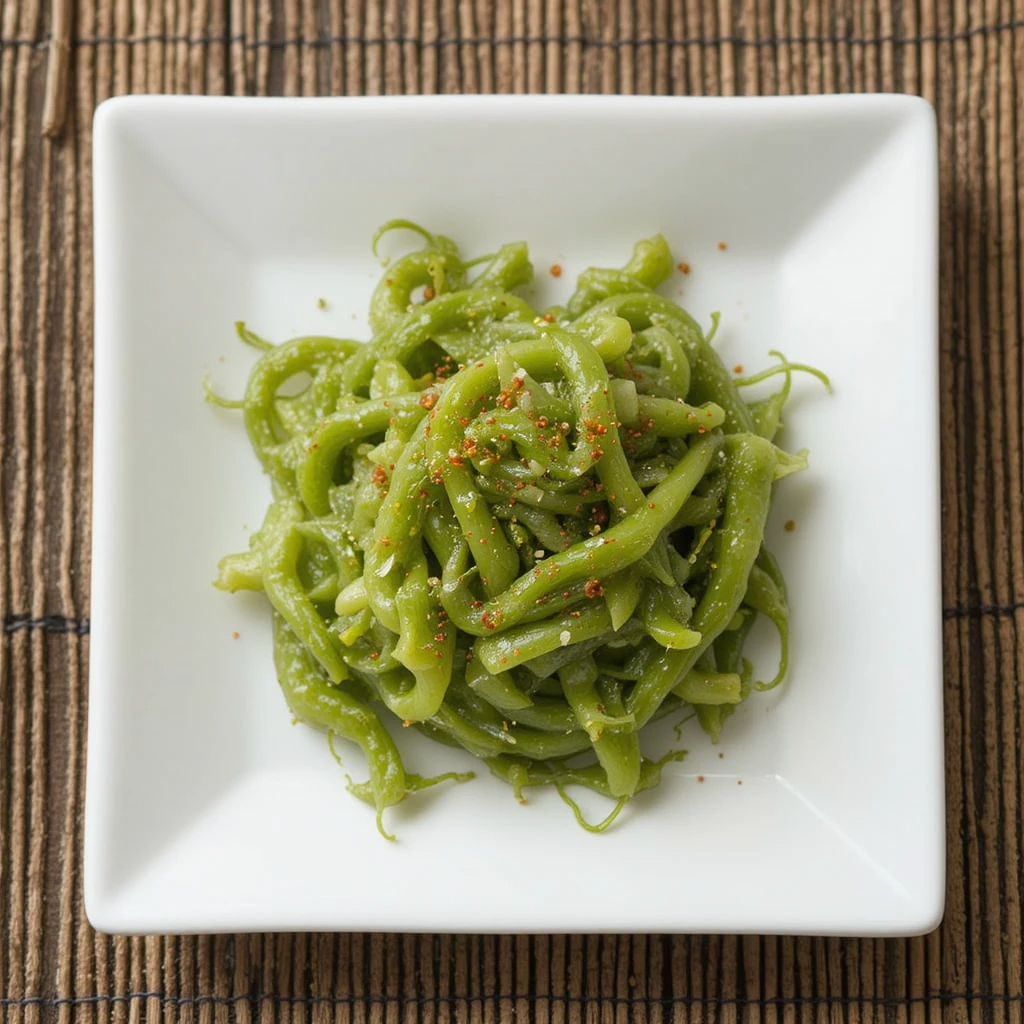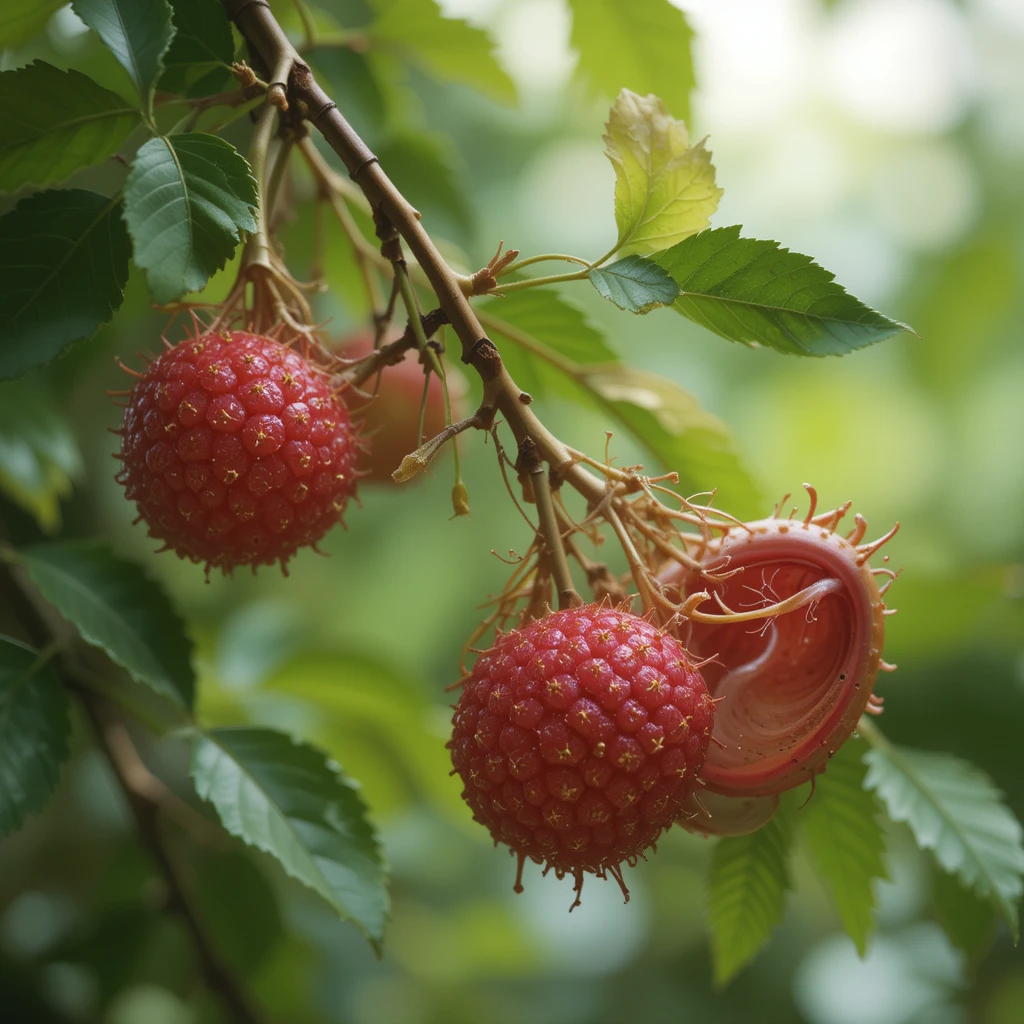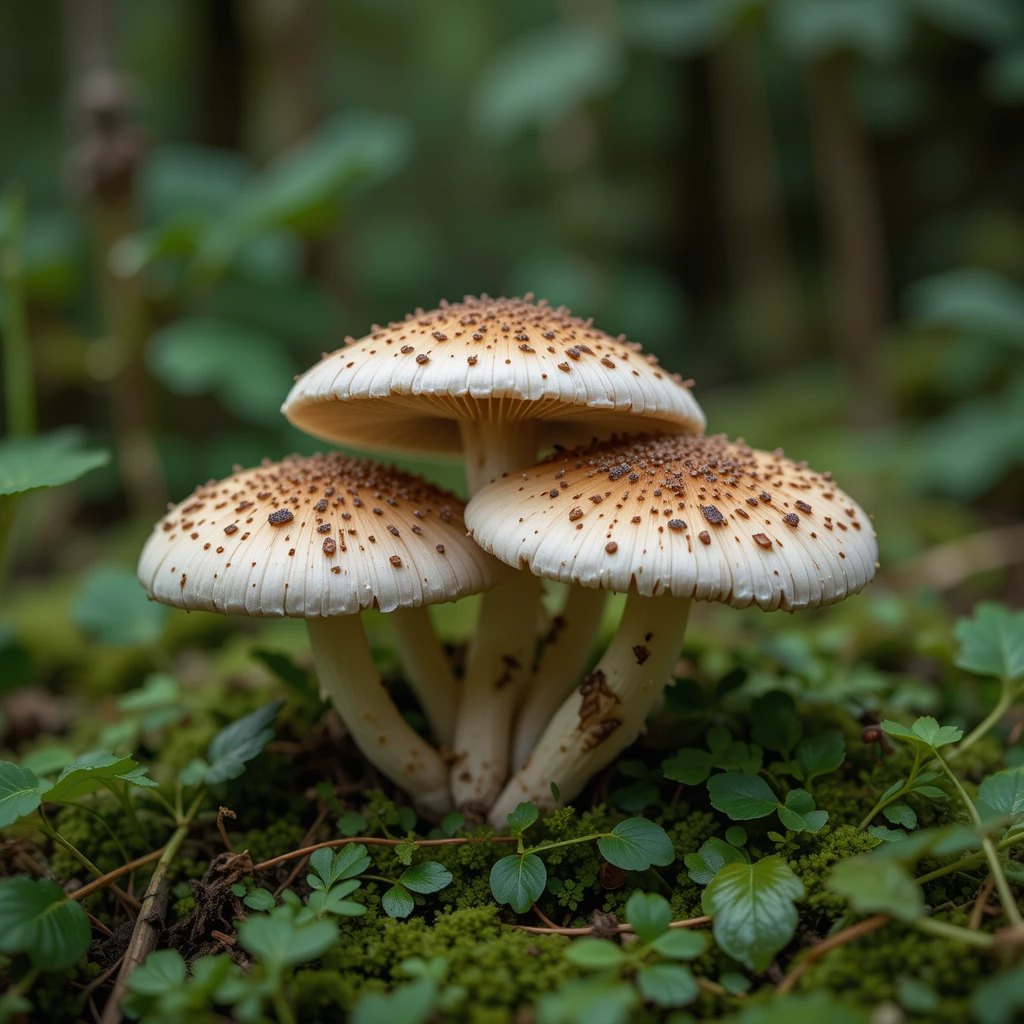A Comprehensive Guide to Asian Pear: Tips, Ideas & Delicious Recipes
Asian pears, also known as Pyrus pyrifolia, are a unique and delicious fruit that combines the crisp texture of an apple with the sweet juiciness of a pear. Unlike European pears, Asian pears are round, firm, and often eaten fresh. They are a staple in East Asian cuisine and are gaining popularity worldwide due to their refreshing taste and numerous health benefits.
In this guide, we’ll explore everything you need to know about Asian pears how to select and store them, their health benefits, creative ways to enjoy them, and some mouthwatering recipes.
What Are Asian Pears?
Asian pears belong to the Rosaceae family and are native to East Asia, including China, Japan, and Korea. They come in several varieties, each with slight differences in flavor, texture, and appearance.
Popular Varieties of Asian Pears
- Hosui – Juicy, sweet, and slightly tart with a golden-brown skin.
- Shinseiki – Crisp, mildly sweet, and yellow-skinned.
- Nijisseiki (20th Century) – Balanced sweet-tart flavor with smooth green skin.
- Chojuro – Rich, caramel-like taste with a russet-brown exterior.
- Ya Li – A Chinese variety with a mild, sweet flavor and elongated shape.
Health Benefits of Asian Pears
Asian pears are not only delicious but also packed with nutrients. Here are some key health benefits:
1. Rich in Fiber
A single Asian pear contains about 4 grams of dietary fiber, aiding digestion and promoting gut health.
2. Low in Calories
With only 50-60 calories per pear, they make a great snack for weight management.
3. High in Vitamin C & K
Supports immune function and bone health.
4. Hydrating
Composed of 88% water, they help keep you hydrated.
5. Antioxidant Properties
Contains flavonoids and phytonutrients that combat oxidative stress.
How to Select & Store Asian Pears
Choosing the Best Asian Pears
- Look for firm, unblemished skin.
- Avoid soft spots or bruises.
- A fragrant smell indicates ripeness.
Storing Asian Pears
- At room temperature: Keeps for a few days if unripe.
- In the fridge: Extends freshness for up to 3 months when stored in a plastic bag.
- Freezing: Slice and freeze for smoothies or cooked dishes.
Creative Ways to Enjoy Asian Pears
1. Fresh & Simple
- Slice and enjoy as a snack.
- Add to salads for a crisp, sweet crunch.
2. Juices & Smoothies
- Blend with ginger and lemon for a refreshing drink.
- Mix with apples and carrots for a nutrient-packed juice.
3. Cooking & Baking
- Use in stir-fries for a sweet contrast.
- Bake into pies, tarts, or crisps.
4. Pickling & Fermenting
- Make Korean Baechu-kimchi with pear for natural sweetness.
- Try pickled Asian pears as a condiment.
Delicious Asian Pear Recipes
1. Asian Pear & Walnut Salad
Ingredients:
- 2 Asian pears, thinly sliced
- 4 cups mixed greens
- ½ cup walnuts, toasted
- ¼ cup feta cheese
- 2 tbsp honey-lemon dressing
Instructions:
- Toss greens, pears, and walnuts in a bowl.
- Drizzle with dressing and top with feta.
2. Asian Pear Smoothie
Ingredients:
- 1 Asian pear, cored
- 1 banana
- ½ cup Greek yogurt
- 1 tsp honey
- ½ cup almond milk
Instructions:
Blend all ingredients until smooth. Serve chilled.
3. Korean Beef & Asian Pear Stir-Fry (Bulgogi)
Ingredients:
- 1 lb beef (sirloin or ribeye), thinly sliced
- 1 Asian pear, pureed
- 3 tbsp soy sauce
- 1 tbsp sesame oil
- 2 garlic cloves, minced
Instructions:
- Marinate beef in pear puree, soy sauce, garlic, and sesame oil for 1 hour.
- Stir-fry on high heat until cooked. Serve with rice.
4. Asian Pear & Ginger Jam
Ingredients:
- 4 Asian pears, diced
- 1 cup sugar
- 1 tbsp lemon juice
- 1 tsp grated ginger
Instructions:
- Cook pears, sugar, lemon juice, and ginger until thickened.
- Store in sterilized jars.
Conclusion
Asian pears are a versatile, nutritious, and delicious fruit that can be enjoyed in countless ways—whether fresh, cooked, or blended. Their crisp texture and sweet flavor make them a favorite in both sweet and savory dishes.
Try incorporating Asian pears into your diet with these tips and recipes, and discover why they’re cherished across Asia and beyond!
Have you tried Asian pears before? What’s your favorite way to eat them? Share in the comments!



